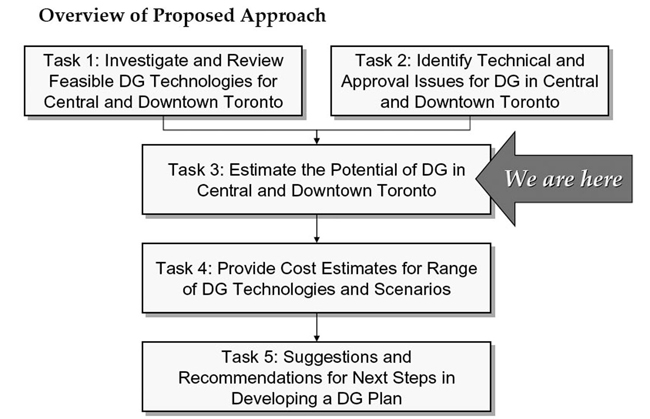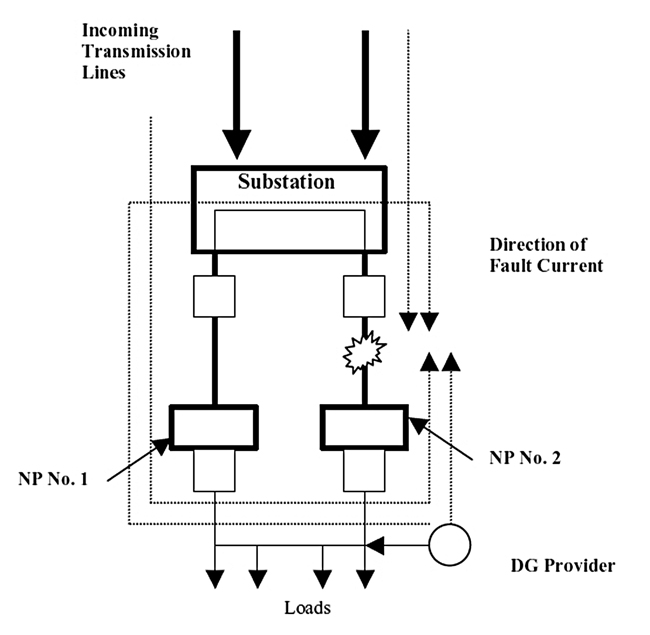Toronto: The Ontario Power Authority and Toronto Hydro-Electric System Limited (THESL) have begun an initiative on distributed generation that is unprecedented in Ontario.
The process began in fall 2008 with a major research project initiated by THESL and the OPA. The study, called “The Central and Downtown Toronto DG Study,” is still underway and is jointly led by Dave Jutla, THESL’s Manager of Capacity Planning and Bing Young, the OPA’s Director of Transmission Integration. Navigant Consulting was retained to prepare the study and to assemble input from a range of sources.

The group held technical workshops on February 25 and April 17 that included representatives from the OPA, Toronto Hydro, Hydro One and the DG industry. “These workshops provided an important opportunity to air a range of concerns,” APPrO Executive Director Jake Brooks said. Although tailored for downtown Toronto, the study collects technical information and will help to co-ordinate the approach to be taken on a range of DG issues which have Ontario-wide applications. “This is a very important step that will allow clarification on a range of technical questions, and hopefully clear up some challenging impediments to the development of more DG in Ontario,” says Brooks.
Young observes that, “The issues facing the central and downtown service area are unique and require continued analysis to develop an integrated solution to maintain a secure and reliable power system.” He describes the study as “assessing the technical and economic potential and system benefits of DG as part of the long-term integrated solution.”
The second workshop was intended to provide an opportunity for stakeholders “to augment the data collected so far and provide further information on DG technologies, siting opportunities and the challenges facing DG development in this service area,” says Jutla. Some of the technologies that were reviewed included combined heat and power (gas and fuel cells), solar PV, gas-fired engines, micro-turbines and energy storage. The objective of the April workshop was “to establish a common understanding of the technical and performance aspects, as well as the costs of various DG technologies which will form the basis of the inputs for the next steps of the Navigant study.”

The results of this study will be used by both the OPA and Toronto Hydro in subsequent planning activities for developing integrated solutions.
Following the February workshop, Young noted that from his perspective, “the most salient feature of this discussion, and others to come, is the opportunity to interact and solicit feedback from individuals with a great wealth of institutional and market knowledge.” Jutla states,” In this phase of the study, THESL likes to obtain input on technical challenges with embedding DG in distribution systems in an urban setting.”
For further information, interested members of the industry can contact Mr. Young at the OPA or Mr. Jutla at THESL. Mr. Young can be contacted through Claire Willison at
